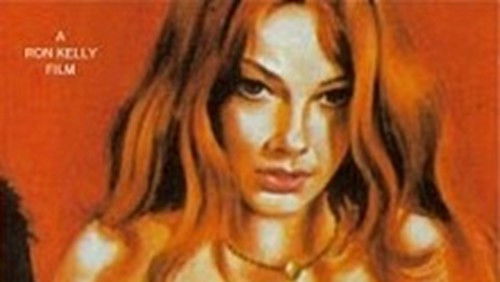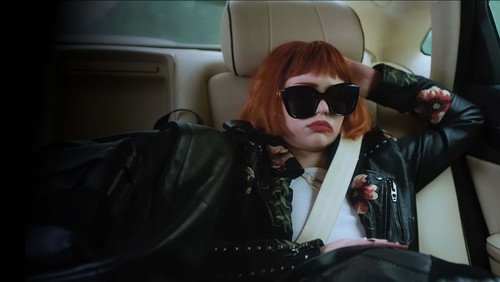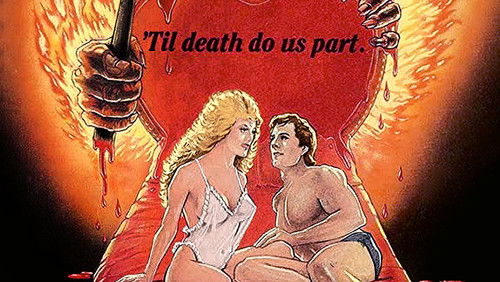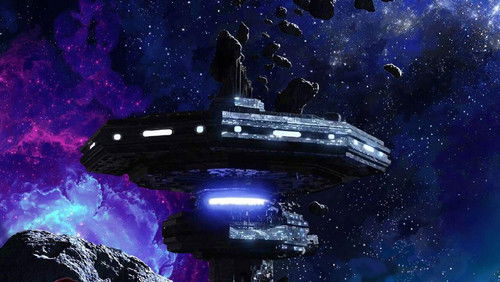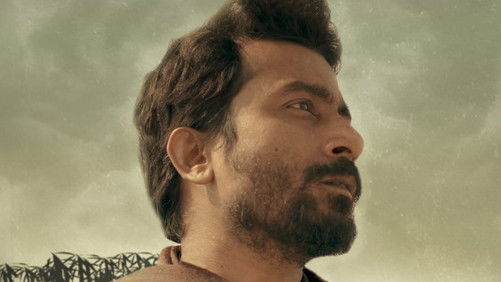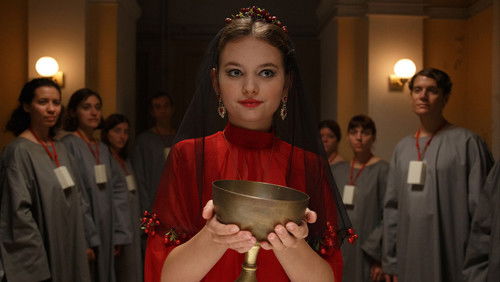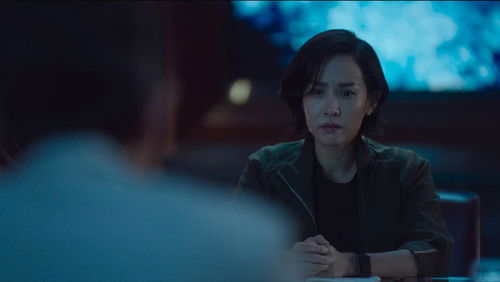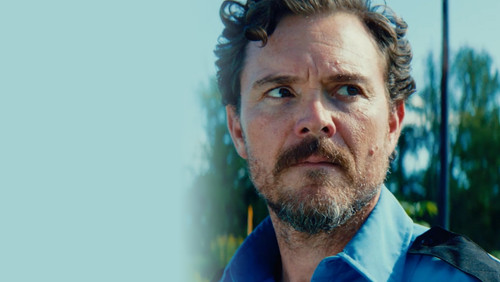Repeat (2021)
59KRepeat (2021). Repeat: Directed by Grant Archer, Richard Miller. With Charlotte Ritchie, Nina Wadia, Ellila-Jean Wood, Tom England. A zealous cognitive psychologist dedicates his life to university lecturing. While tinkering with one of his many experiments he stumbles across an unbelievable discovery-a way of communicating with the other side. His joy is short-lived, however, as his daughter is put into potentially grave danger and when all leads go cold, he takes matters into his own hands to find out the truth.
“Deo Fajardo Jr.u0026#39;s magnum opus made a very deep and lasting impression on my 14 year old psyche back in 1991 when this film was reshown in a local theater in my hometown (part of a double feature). It kickstarted my interest and fascination with the hidden world of organized crime, which led me to seek more films and books about the subject; which is the manner in how I found out about real-life criminals like the drug lord Frank Matthews and classic American mafioso Jimmy u0026quot;The Weaselu0026quot; Fratianno.u003cbr/u003eu003cbr/u003eWhile Anak Ni Baby Ama is a pure work of adult fantasy, itu0026#39;s not something for the squeamish or those easily offended by the underside of low-brow society; the vulgar world portrayed in the film is a nasty place, infested with prostitution, sexual predators, thugs and junkies. Itu0026#39;s in this backdrop of deprivation that the movieu0026#39;s protagonist, Anghel is introduced. At its core, the film is basically a love story/revenge drama but this common premise avoids devolving into melodramatic soap opera mush by the manner in which the story is treated and executed.u003cbr/u003eu003cbr/u003eAt the hands of a sloppy director, the script for the film would have resulted in a much more formulaic and superficial end product but the skilled craftsmanship of Fajardo Jr., made sure that the movie is not the typical action fare that would be disposed of later. It appears that the film is Fajardou0026#39;s dream project which is why you could see every frame and shot were taken with the utmost care and attention to detail. The manner in which the scenes were shot in the slum areas involved techniques that were previously employed in low budget indie filmmaking, making the sequences look very genuine and raw; the scene in which Anghel falls from a window into a card table below, has the undeniable influence of Peque Gallaga and Lore Reyes, specifically from their work in Scorpio Nights.u003cbr/u003eu003cbr/u003eAesthetically, the look of Fajardou0026#39;s main antihero is inspired from an obscure early 80s film starring Bembol Roco called Boy Apache; even Rocou0026#39;s motorcycle stunts from this movie were replicated in Fajardou0026#39;s film but were obviously altered to make them a bit different. As a token of appreciation and in recognition of the directoru0026#39;s debt to Rocou0026#39;s work, Fajardo cast the great thespian in his movie as the hoodlum Junior Bahala.u003cbr/u003eu003cbr/u003eOne of the unsung heroes of the film is the compositional genius of Rey Valera whose music score does a great job in heightening the movieu0026#39;s visceral narrative. Known in the mainstream as a balladeer and composer of syrupy pop hits, he is not very well known for his work in providing music for action films; few would realize for example that he composed and arranged music for movies directed by Francis Jun Posadas and Willy Milan. The music score for Fajardou0026#39;s film was a more grandiose and epic version of Valerau0026#39;s work in Barumbado; whereas in Milanu0026#39;s movie, the music was much simpler and rough around the corners and edges, the score for Fajardou0026#39;s film is a lot more sophisticated and captures a wider range of moods and emotions (Valera even grafted the chorus line from Karen Carpenteru0026#39;s song into the filmu0026#39;s outro music, you have to wait for it to hear it).u003cbr/u003eu003cbr/u003eThe success of the movie though rests squarely on the shoulders of the main star, Robin Padilla; his mystique, derived from a combination of angst and youthful energy, is part of the appeal of Padilla among the 90s Filipino masses. Heu0026#39;s a surprisingly very dynamic and flexible actor based on his varied and impassioned portrayal. It was only later, in the apex of his popularity that Padilla was accused of excessive overacting by film critics; this can be attributed to the generic roles that he was forced to play onscreen, that of a goofy loudmouth and as the tough guy leading man in forgettable romcom action flicks.u003cbr/u003eu003cbr/u003eThe movie in its entirety is sort of a modern form of mythology; taking a notorious figure from Philippine history and weaving a legend around the circumstances surrounding this person. This is similar to how the book, Ivanhoe, based its portrayal of the Black Knight on the real historical figure of King Richard The Lionheart (though of course, Richard The Lionheart isnu0026#39;t what weu0026#39;d call u0026quot;notoriousu0026quot;); itu0026#39;s a complete fictionalization of events and the persons revolving around these events. Young Guns 2 wasnu0026#39;t a faithful retelling of the historical Billy The Kid but a highly exaggerated and dramatized account of the exploits of the infamous juvenile bandit. Fajardou0026#39;s movie works in the same way; itu0026#39;s a glorified type of retroactive fan fiction where the fictionalized version of Marcial Ama is found to have an illegitimate son from an affair with a prostitute. The movie is thus elevated into the category of urban myth.u003cbr/u003eu003cbr/u003eSo why only 9 points, just shy of one point? Because I feel that Fajardo never went all out with the blood effects. Compared with the bloodshed in Toto Natividadu0026#39;s Hanggang Saan Ang Tapang Mo released in the same year, the blood spilled in the film are mere droplets. But the actual reason on why the film doesnu0026#39;t get a perfect score is an abrupt lapse in tone; in the latter part of the film when Johnny Roa is shown giving instructions to his men (before the raid by Anghelu0026#39;s gang), the movieu0026#39;s aura of wickedness starts to wear off and Johnny Roa is no longer this Machiavellian version of Vito Corleone but just another dull businessman, out to make a quick buck; his men are not really these tough gangsters but are mere errand boys and office clerks laboring under the oppressive yoke of their power tripping supervisor. One of Roau0026#39;s men is overheard saying to another: u0026quot;When will we get our salary?u0026quot;. That type of scene is a total turn off and ruins the viewing experience. Still though, the above are just minor quibbles and the film makes up with its balls to the wall action in the final set piece.u003cbr/u003eu003cbr/u003eTo conclude, Anak Ni Baby Ama is a classic of Filipino gangster cinema; itu0026#39;s too bad that Fajardo never again completed a project of this scope and ambitious scale but was somehow content to just pump out disposable action romcom movies, not to mention the films following this, Noel Juico and Angelito San Miguel werenu0026#39;t as good or as engaging.”
